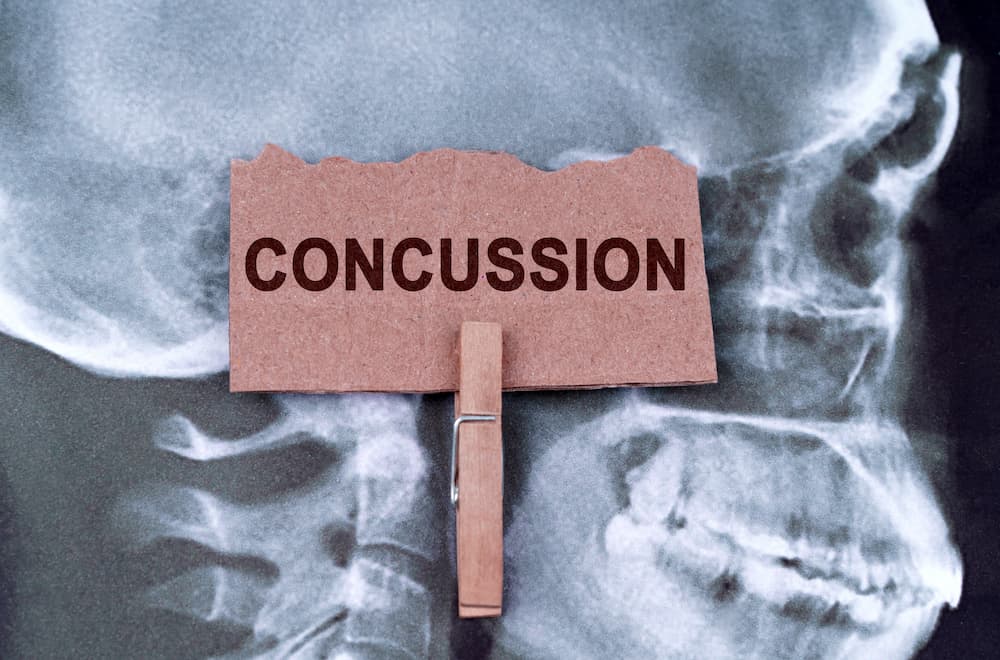Chronic Pain, CRPS, Trauma, and Injuries – Axon Integrative Health, Denver Colorado
At Axon Integrative Health, one of the most important truths we help our patients understand is this: pain is not a damage signal—it’s a danger signal. That shift in understanding changes everything.
Pain is often misunderstood. Most people think pain equals injury—that when something hurts, something is broken. But the reality is far more complex. Pain is an output of the brain designed to protect you. It’s your body’s alarm system—but like any alarm system, it can be too sensitive, misfire, or stay stuck “on” even when the threat is long gone. That’s especially true when the nervous system gets dysregulated.
Let’s break down what pain really is, why it happens, and how we approach pain recovery at Axon through the lens of brain, body, and mind.
Pain Is a Danger Signal, Not a Damage Signal
Pain doesn’t live in your tissues—it lives in your nervous system.
When your brain perceives something as a potential threat (physical, chemical, emotional, or environmental), it can generate the experience of pain to alert you. That may or may not involve actual tissue damage.
For example:
A person with chronic back pain may have a completely normal MRI.
Someone with a paper cut feels sharp pain, but the tissue damage is minimal.
A limb amputee may still feel pain in a foot that no longer exists—phantom pain driven purely by the brain.
In other words, pain is about perception. And perception is shaped by past injuries, trauma, stress, belief systems, immune function, and neurological patterning.
The Different Faces of Pain
Pain is not one-size-fits-all. It shows up in many forms, and effective treatment starts by identifying the right type of pain:
1. Nociceptive Pain
This is the “traditional” type—caused by injury or inflammation of tissues (e.g. a sprained ankle, post-surgical pain). Nociceptors in your body send signals to the spinal cord and brain about potential damage.
2. Neuropathic Pain
Pain caused by injury or dysfunction in the nerves themselves—like sciatica, diabetic neuropathy, or neuralgia. The nerves are either damaged or hypersensitive.
3. Nociplastic Pain
This is where it gets interesting—and misunderstood. Nociplastic pain occurs when there’s no clear tissue damage or nerve injury, but the nervous system is in a persistent state of hyperreactivity. Conditions like fibromyalgia, CRPS (Complex Regional Pain Syndrome), and many chronic pain syndromes fall into this category. The pain is real—but it’s driven by brain-based processing.
Pain Is Multi-Dimensional
At Axon, we don’t just treat pain as a body problem—we view it through a brain-body-mind lens. Pain can be:
Physical: Stemming from injury, inflammation, or structural imbalances.
Neurological: Originating from the brain or nervous system dysfunction.
Emotional: Heightened by stress, anxiety, or trauma.
Psychological: Shaped by past experiences, belief systems, and neuroplastic memory.
Autonomic: Tied to dysregulation of the autonomic nervous system (think: heart rate, blood flow, digestion).
Immune-related: Influenced by chronic infections, mold, environmental toxins, or autoimmunity.
This is why pain can persist even when healing has occurred—because the nervous system has “learned” to stay in protection mode.
What About Chronic Pain and CRPS?
Chronic pain is not simply “pain that lasts a long time.” It’s often a sign that the nervous system has become stuck in a feedback loop of hypersensitivity, threat detection, and maladaptive plasticity.
In conditions like CRPS (Complex Regional Pain Syndrome), the pain is often out of proportion to any visible injury. These patients experience burning, swelling, skin color changes, and extreme sensitivity. But the root issue isn’t just in the affected limb—it’s in the brain’s representation of the body. The somatosensory map gets distorted. The limb is interpreted as dangerous, inflamed, or threatening—even when it’s not.
That’s why traditional approaches like pain meds or surgeries often fail in these cases. We need to retrain the brain.
How Axon Integrative Health Approaches Pain Recovery in Denver Colorado
Pain is complex. So our approach is, too. At Axon, we use a multidisciplinary model that addresses the brain, body, and mind—because pain rarely lives in just one of those domains.
Brain-Based Rehab
We use functional neurology, eye movement therapy, vestibular rehab, neurofeedback, and limbic system retraining to calm overactive pain pathways and improve neuroplasticity.
Body-Based Interventions
Targeted chiropractic care, mobility work, postural correction, and low-force therapies like red light therapy, PEMF, and hyperbaric oxygen help calm local inflammation and restore normal movement.
Mind-Body Integration
Neurotransmitter support, brain-based exercise techniques, breathwork, and nervous system regulation practices help downshift the system from “fight or flight” into “rest and repair.”
Cellular & Metabolic Support
We use IV therapy, mitochondrial support, anti-inflammatory nutrition, detox protocols, cellular therapies, and targeted supplements to improve the internal terrain and support healing at the cellular level.
Trauma & Emotional Healing
Whether physical or emotional, trauma rewires the brain and impacts pain perception. We use tools like Neurofeedback, TMS, and movement to help the brain complete unresolved protective responses.
You Are Not Broken—You Are Adaptable
Your nervous system is incredibly adaptable. That’s the good news.
Even in cases of severe or long-term pain, the brain and body can change. Neuroplasticity means that with the right inputs, you can rewire pain pathways, rebuild body awareness, and train your system to feel safe again.
At Axon, we help patients shift from survival to healing—by addressing pain not as a problem to silence, but as a signal to understand and resolve.
If You’re Living in Pain, There Is Hope
Pain may be complex, but it is not a life sentence. You deserve care that looks at the whole picture—not just a prescription or a label.
At Axon Integrative Health, we specialize in uncovering the real drivers of pain—whether structural, neurological, emotional, or environmental—and creating a personalized plan to help your brain and body heal together.
If you’re ready to get to the root and reclaim your life from pain, we’re here to help.
Schedule a consultation and begin your journey back to comfort, clarity, and connection.




